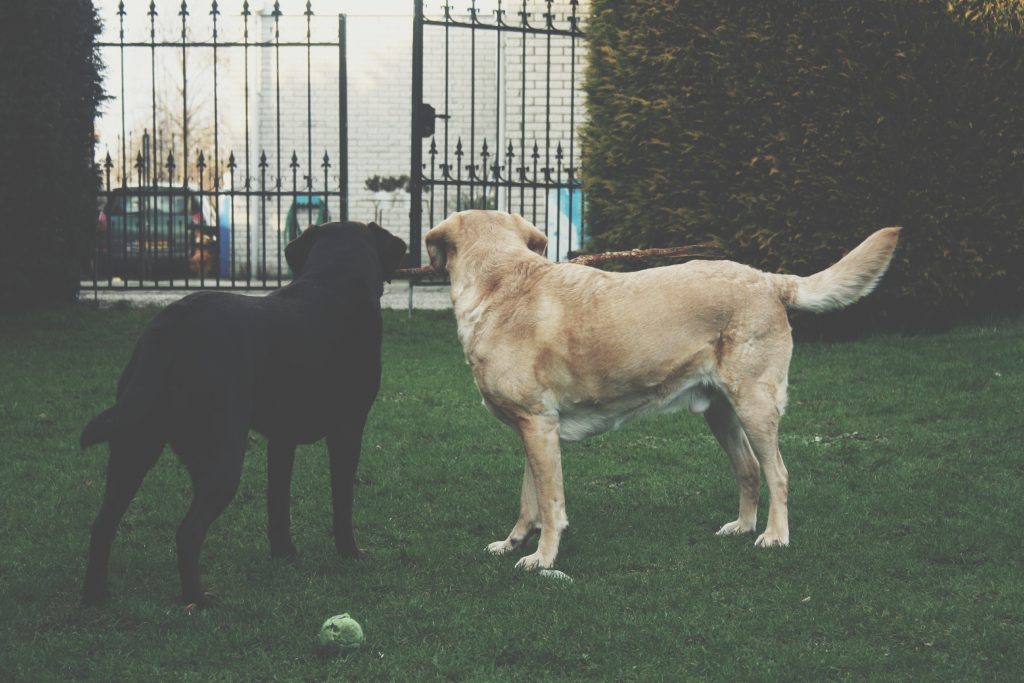 Hip Dysplasia is a condition that occurs during the growth stage in dogs. It is the result of a loose joint, which causes dysfunction and pain in the hip area of dogs.
Hip Dysplasia is a condition that occurs during the growth stage in dogs. It is the result of a loose joint, which causes dysfunction and pain in the hip area of dogs.
What is Hip Dysplasia?
As dogs grow, the cartilage and bone of the hip begin to wear down. Over time, this can cause arthritis, muscle atrophy, and limited mobility. Large-breed dogs are most commonly affected by this and research does show that this is hereditary.

Signs of Hip Dysplasia
Hip Dysplasia can sometimes go undetected, but some common signs do include:
- Chronic or occasional lameness
- Limping with no previous trauma or injury
- Cracking and/or popping sounds from joints
- “Bunny Hopping” when running
- Trouble standing
- Abnormal sitting positions
- Trouble with getting on or off furniture, climbing stairs or steps, or getting in vehicles
Breeds Most Affected
Large or giant breed dogs are more likely prone to Hip Dysplasia than smaller breeds. German Shepherds, Golden Retrievers, Labrador Retrievers, and Great Danes are some of the common breeds with Hip Dysplasia, but any large breed dog can be at risk.
Treatment
Early diagnosis of the disease can decrease or even prevent the long-term arthritis that is caused by hip dysplasia in dogs. There are several options for treating canine hip dysplasia, including a few surgical options as well as managing the condition through medications.
Surgery
Prior to 18 weeks of age, dogs can have a joint saving procedure to help with prevention. Dogs younger than 10 months can have a different procedure called triple pelvic osteotomy. Total hip replacements are recommended for older dogs that have Hip Dysplasia.
Medication
Oral joint supplements can help, along with injectable therapies such as polysulfated glycosaminoglycan. Investing in dog food that helps with joints is also a good approach.
Other Options
Weight management should always be considered for your dogs overall health. Keeping your dog at an ideal body condition will ensure that your dog does not have excess weight on his or her joints. Physical therapy and low- to moderate-impact daily exercise encourage joint health and mobility, muscle health, and weight loss.
Talk to your vet for more preventative care to help keep your pup healthy!















